
Comments from Alumni
|
Cheryl Stucky, Ph.D. 1995 I feel extremely fortunate to have received my Ph.D. training in the Graduate Program in Neuroscience at the University of Minnesota for a number of reasons. The beginning course at Lake Itasca gave me my first hands-on experience with an oscilloscope. At that time, I found electrophysiological recordings to be completely intimidating, but through this experience, I became fascinated by the sophisticated techniques we have available to study the function of single neurons in vitro and in vivo. Since the Itasca course, I continued developing a strong interest in studying the function of neurons by using electrophysiological approaches...Since my first year in graduate school, I have been intensely interesting in mechanisms that drive and maintain pain, and I continued studying pain mechanisms throughout my postdoctoral training and now as an independent investigator. One of the major reasons I believe I have been successful in establishing my own laboratory for pain research in an academic institute is that I had fantastic, broad in-depth training from a tremendous number of pain-focused investigators at the University of Minnesota...Even though the Neuroscience program is highly diverse and included (at the time) over 80 faculty members, I had a very strong sense that the faculty member in the Neuroscience program really know who we graduate students were and how we were progressing, and genuinely cared about the success of each of us. My experience is that the contacts between faculty and students continue long after the graduate students move on. James Pomonis, Ph.D. 1998 As the time since my graduation from the Program in Neuroscience continues to elapse, I grow to appreciate the many benefits of my education more and more. These benefits can best be divided into two categories: the breadth of the education I received; the relationships and the contacts I made with the faculty. During my training I received a broad but thorough education in some of the core areas of neuroscience, from the cellular to the systems levels. This education has provided me with a sound foundation upon which I have been able to continue learning throughout my career. Obviously, a key component to successful education lies in the hands of the teachers. The Program's faculty are truly one of its greatest assets. They successfully made a large university feel familiar and comfortable, enabling the formation of positive relationships between faculty and students. The relationships that I established with the faculty have continued to grow, and have proven to be very valuable assets for my career. Timothy Gomez, Ph.D. 1995 Unlike many first year graduate students that I meet today, when I entered the Neuroscience Program at the University of Minnesota in 1989, I was not wedded to a particular research area...For my third rotation I went to Paul Letourneau's lab where he was studying nerve growth cones. Paul was using several forms of microscopy to image growing axons in culture. I can still recall seeing my first time-lapse movie of a growth cone migrating randomly across a culture dish. At that moment I became fascinated, like Paul, in how these sensory-motor specializations worked. In fact, I consider this to be the most pivotal point in my career. I became preoccupied with my studies and never considered what I was doing as work...As a faculty member less time can be spent at the bench, as more time is required in writing and reviewing grants and papers, consulting with students, and giving lectures. However, I was fortunate to have several talented graduate students join my lab and can now witness their emerging fascination with growth cones. Although my responsibilities have changed, my days are still spent thinking, learning, and teaching, which I trust I will never consider work. I am extremely thankful for my five years as a graduate students at the University of Minnesota, as I believe the Neuroscience program, its faculty, and of course my advisor provided me with the strong foundation I needed to succeed. |
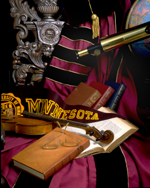  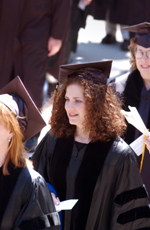 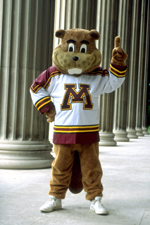 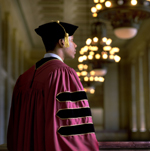 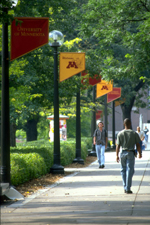  |